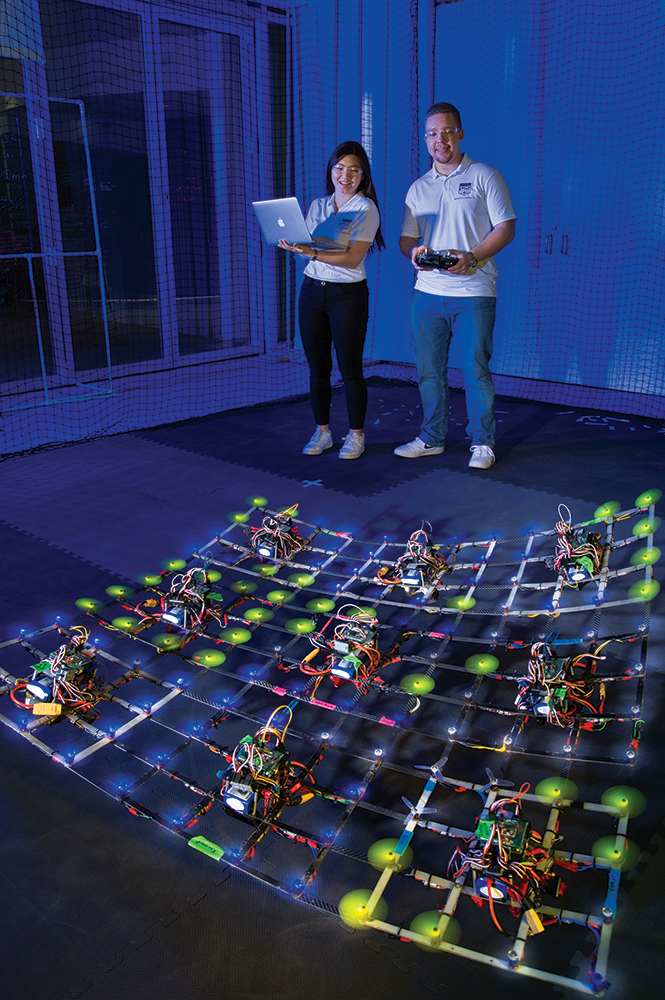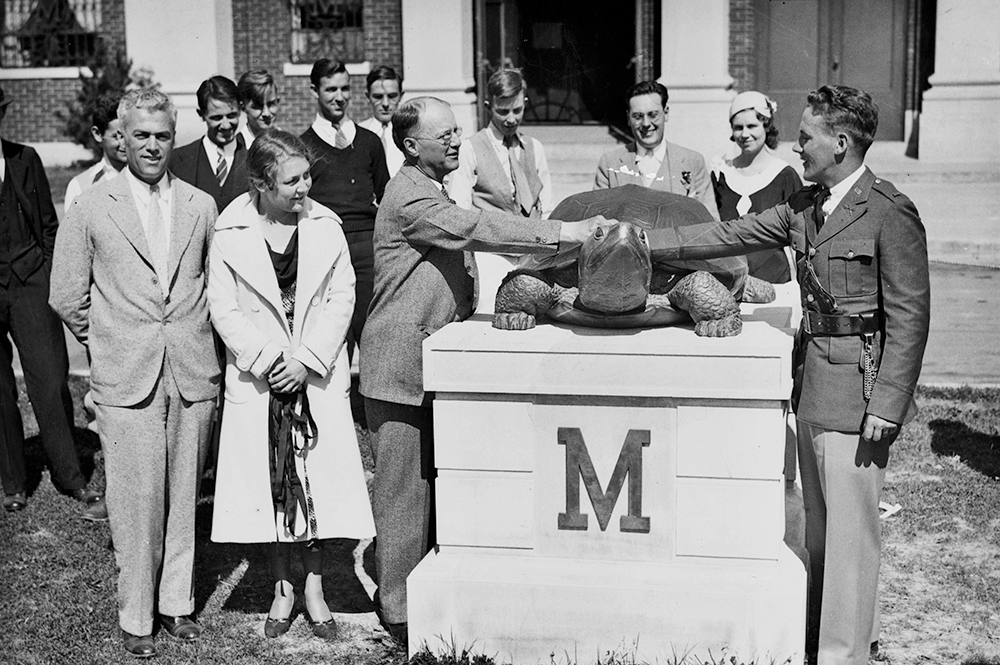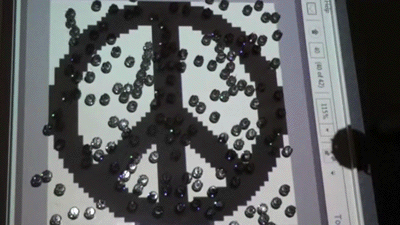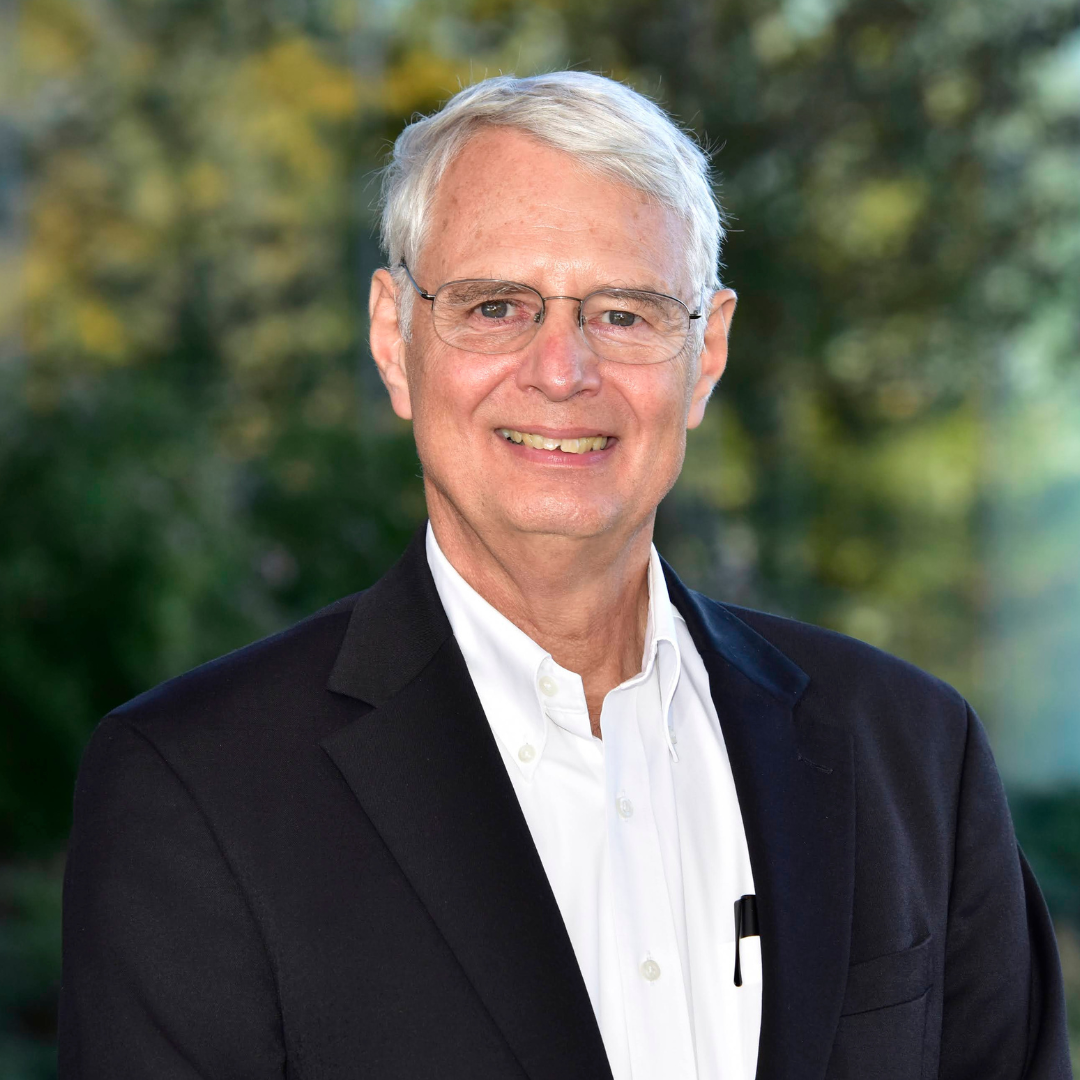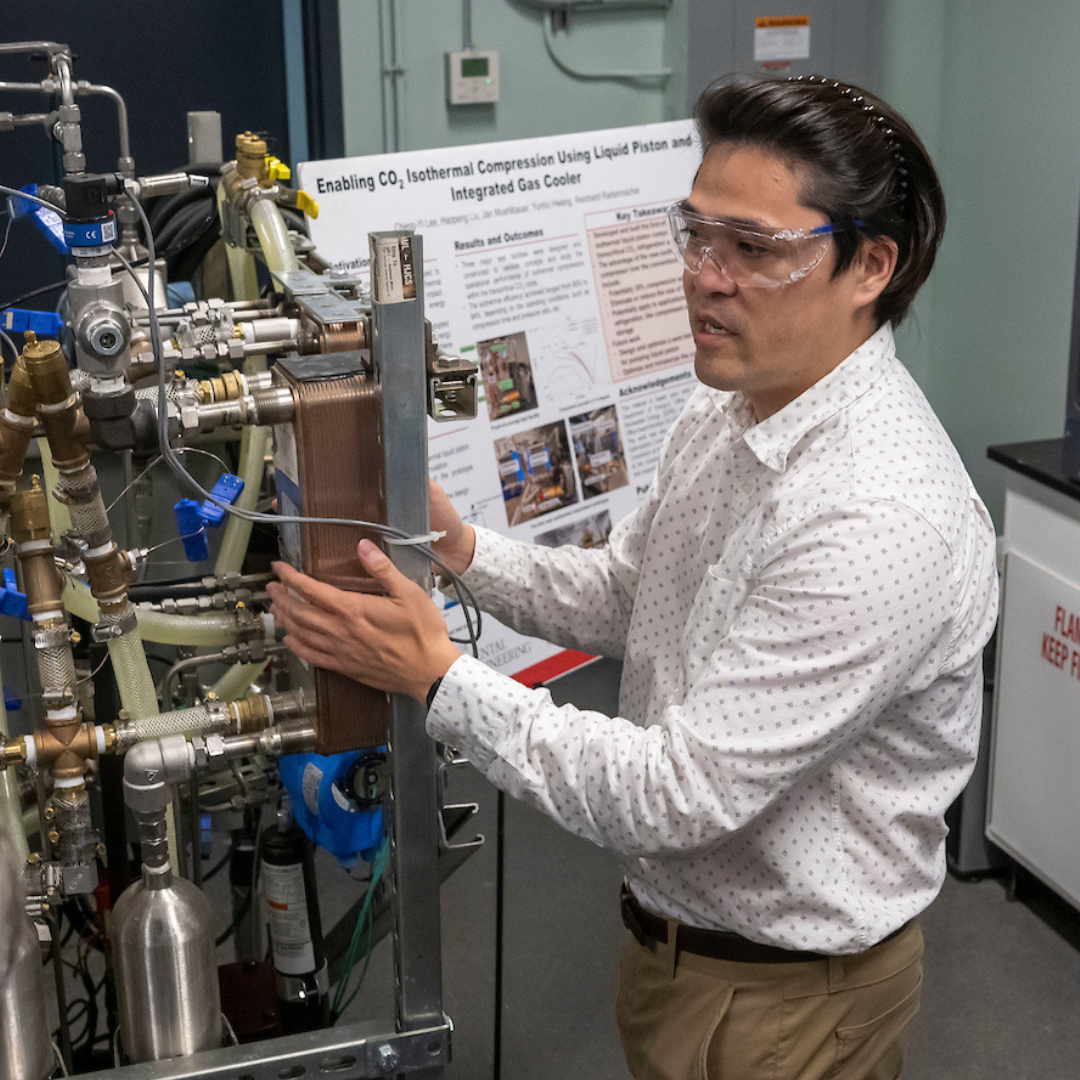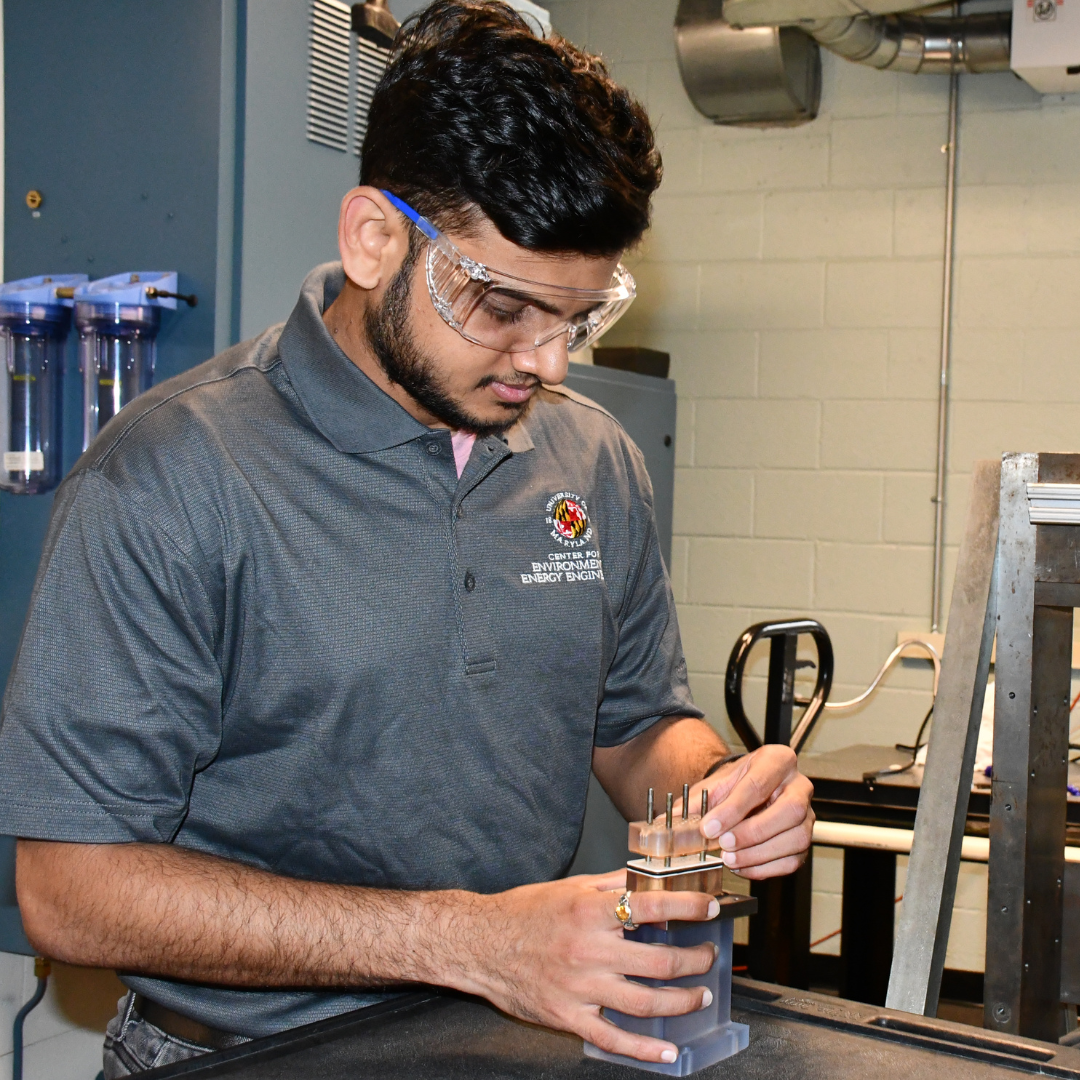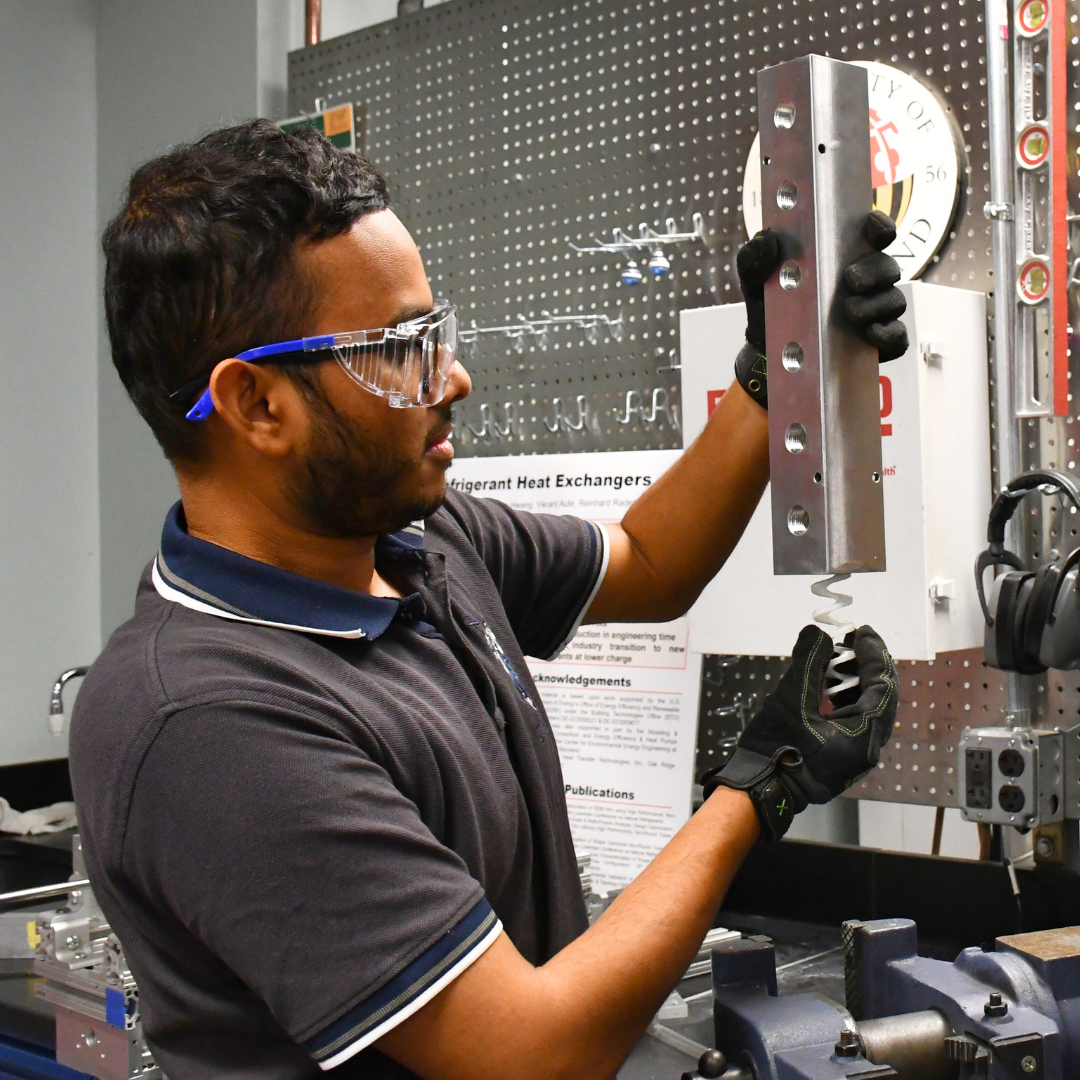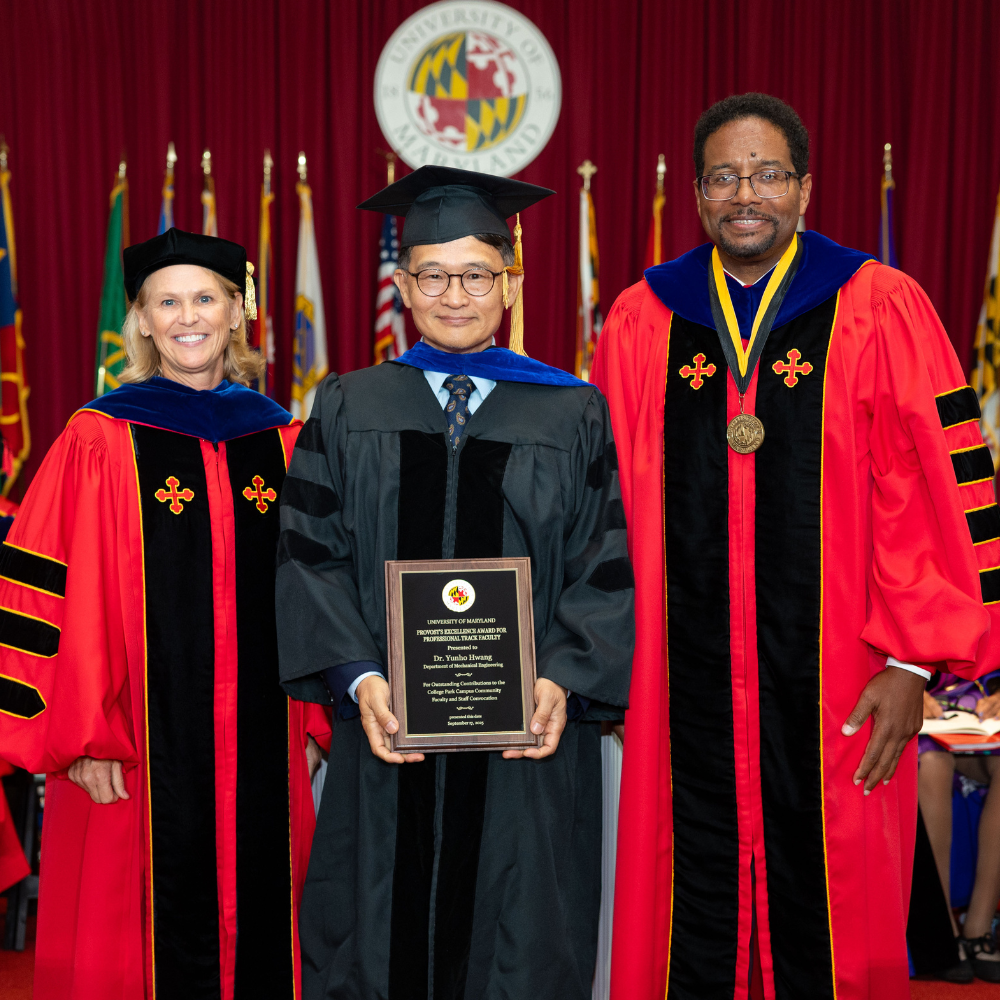News Story
Daring Vision. Lasting Impact.
125 Years of Engineering Excellence at the University of Maryland (1894–2019)
One hundred and twenty-five years ago, before the A. James Clark School of Engineering comprised eight unique engineering departments, graduated nearly 6,000 graduate and undergraduate students a year, garnered millions of dollars in annual research funding, and occupied more than 600,000 gross square feet, engineering at Maryland was not a school; it was a department. It had no building to call its own, no true lab space, and only one part-time professor on the payroll. Like virtually every other discipline at the University of Maryland, engineering started small and hungry, established as part of the Maryland Agriculture College (MAC) at the turn of the 20th century.
The idea for an agricultural college was borne out of necessity. During the 19th century, Maryland was still predominantly farmland, and farmers were struggling due to competition from the Midwest, over-farmed land, and lower economic yields. The concept of an agricultural college was championed by Charles Calvert, in part, to build the expertise and experimentation needed for a reversal of fortune. Four hundred and twenty acres of Calvert’s Riverdale Plantation were sold to the Maryland state legislature in 1858 for $20,000; a year later, with just four faculty members, MAC welcomed its first 34 students.
An engineering curriculum wasn’t established until almost a half century later by MAC President R.W. Silvester and with the lure of federal funds made available by the Morrill Land Grant Act. The Department of Mechanical Engineering, the college’s first engineering discipline, opened its doors in a makeshift space in Fall 1894 with a handful of students.
What unfolds over the next 125 years is the story of a tenacious engineering program with big plans for its future. At the helm were generations of people—administrators, faculty, staff, students, alumni, and a few others who saw its potential—that sought a new standard in education and engineering excellence and who were dogged to meet the needs of a rapidly changing world. Like most great stories, there is enormous depth and detail in the history of the Clark School.
And of course, its story is still being written. The milestones, people, and discoveries that took place over the school’s 125-year history continue to inform and inspire the innovations taking place today, and set the foundation for the next century.
Learn more in the Fall 2019 issue of Engineering at Maryland magazine.
Published November 19, 2019


